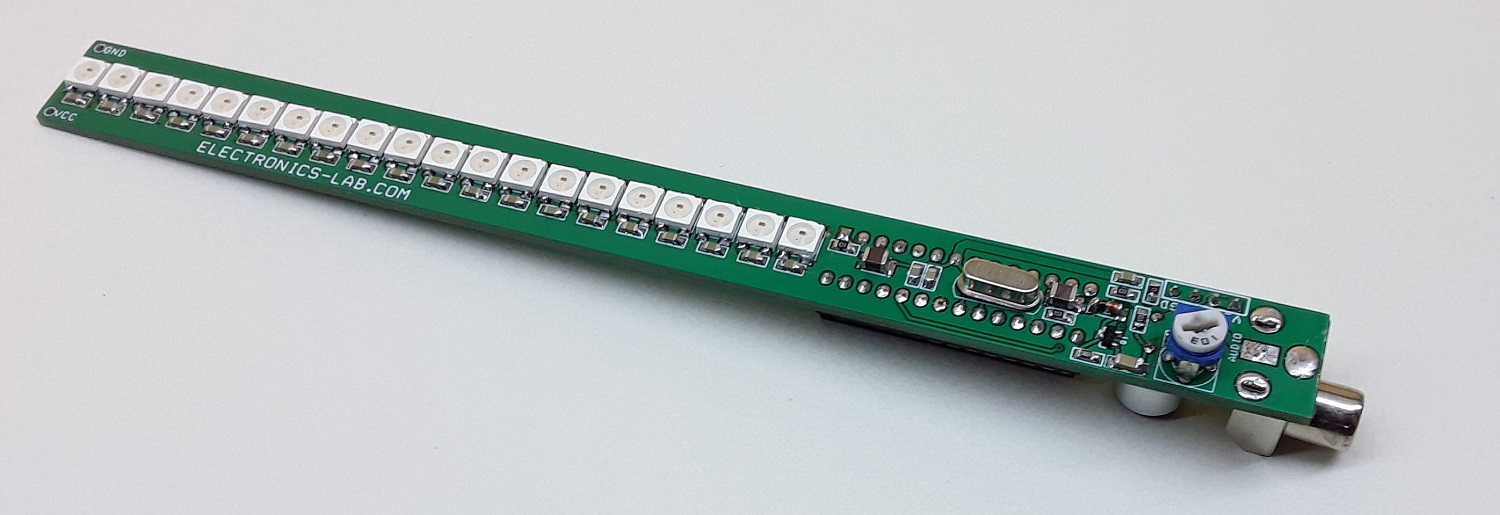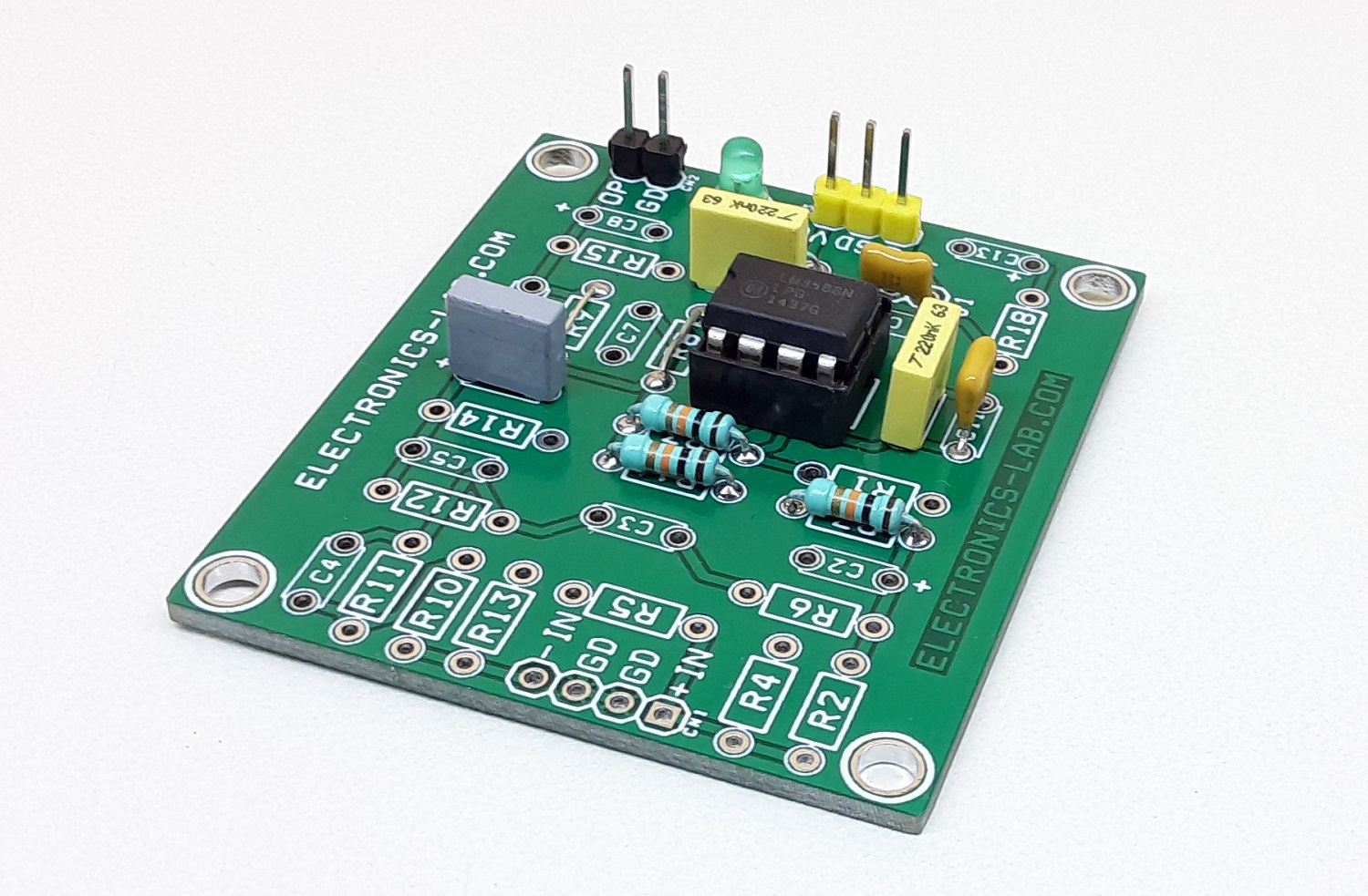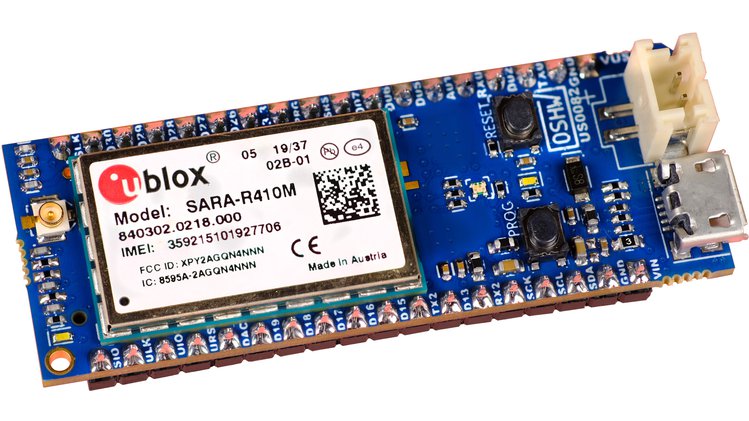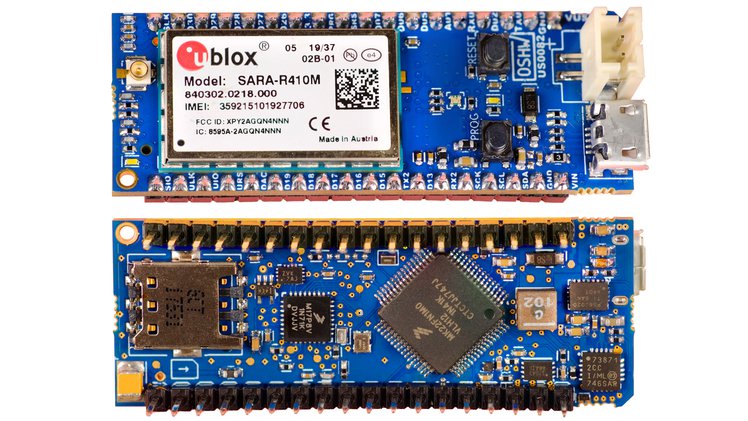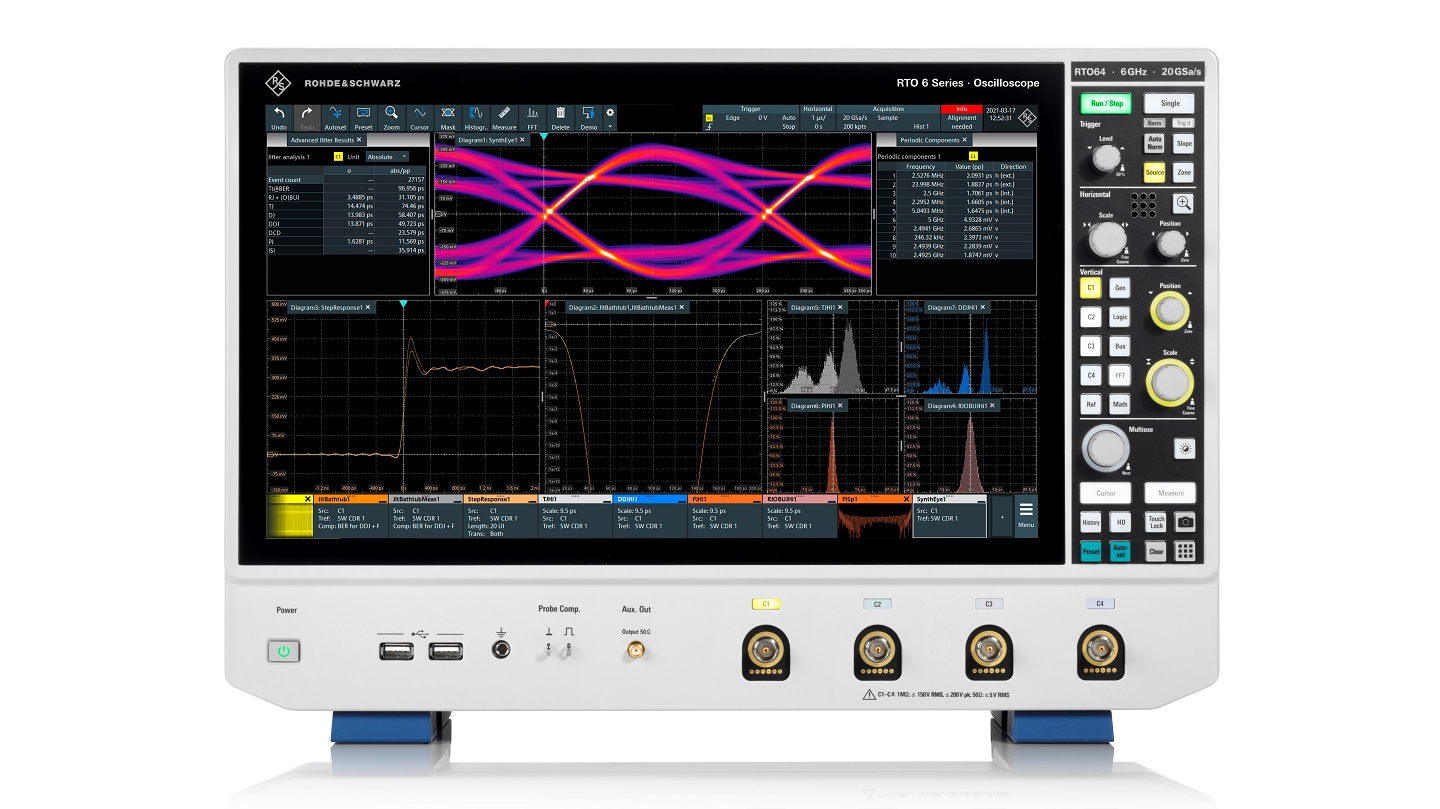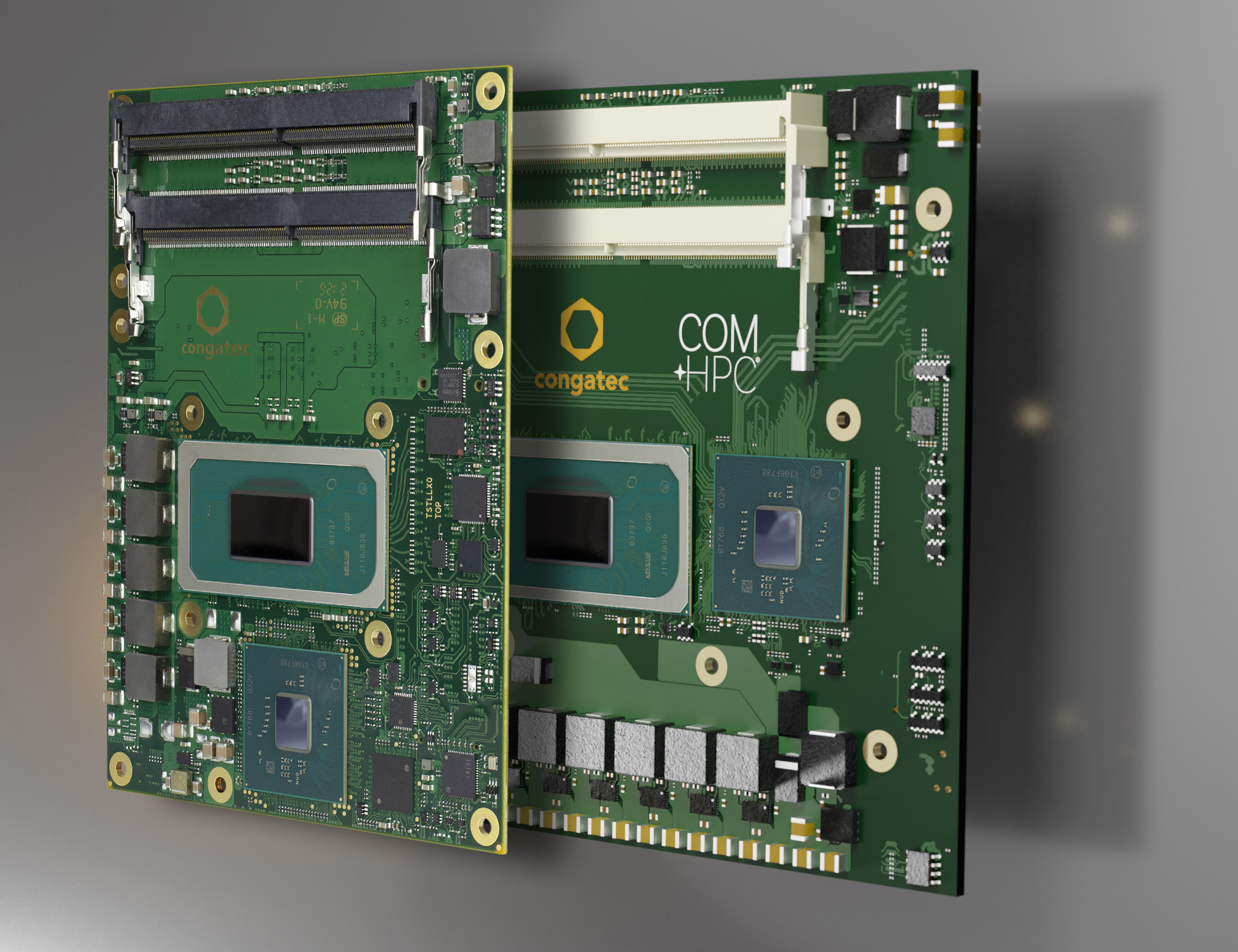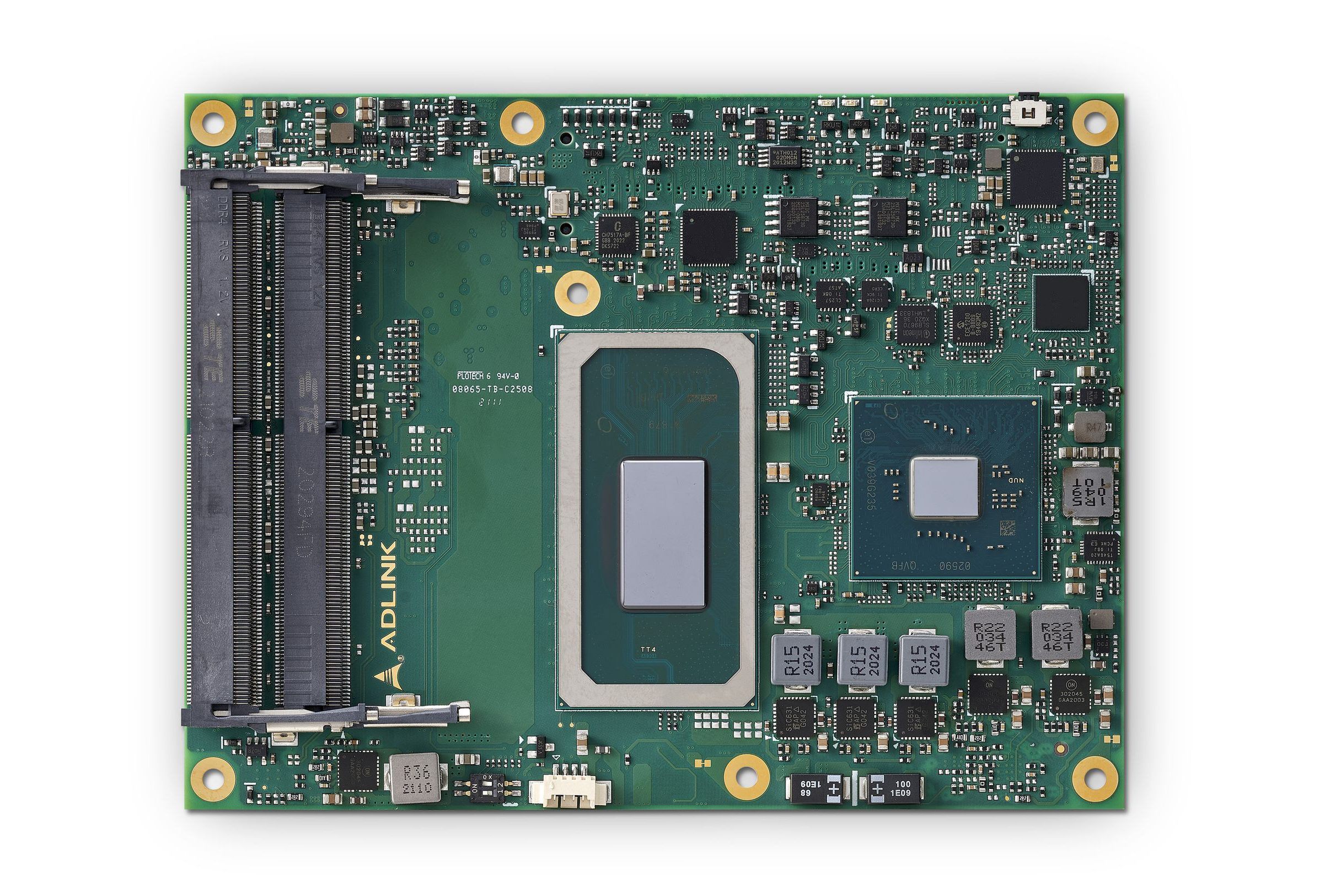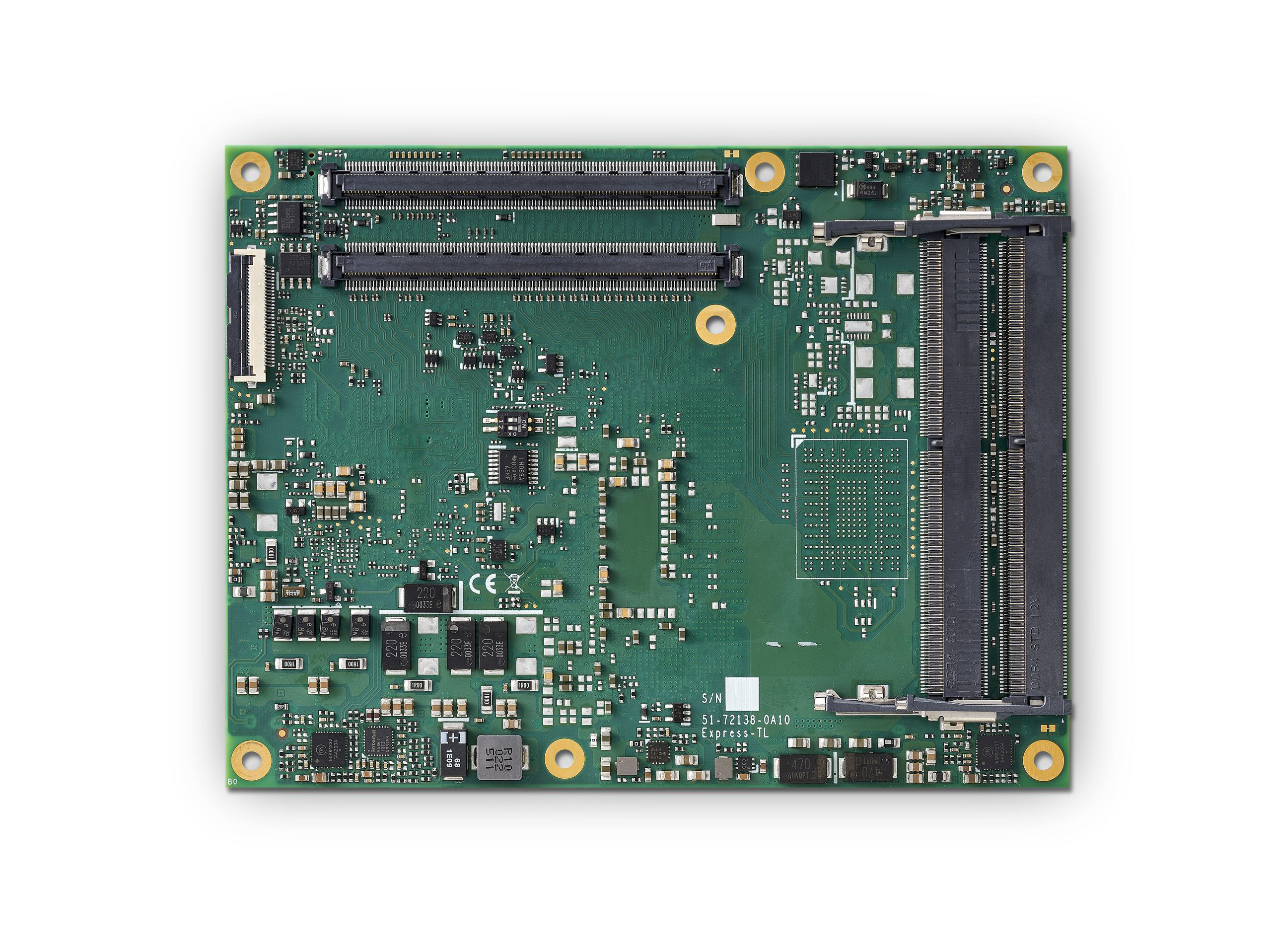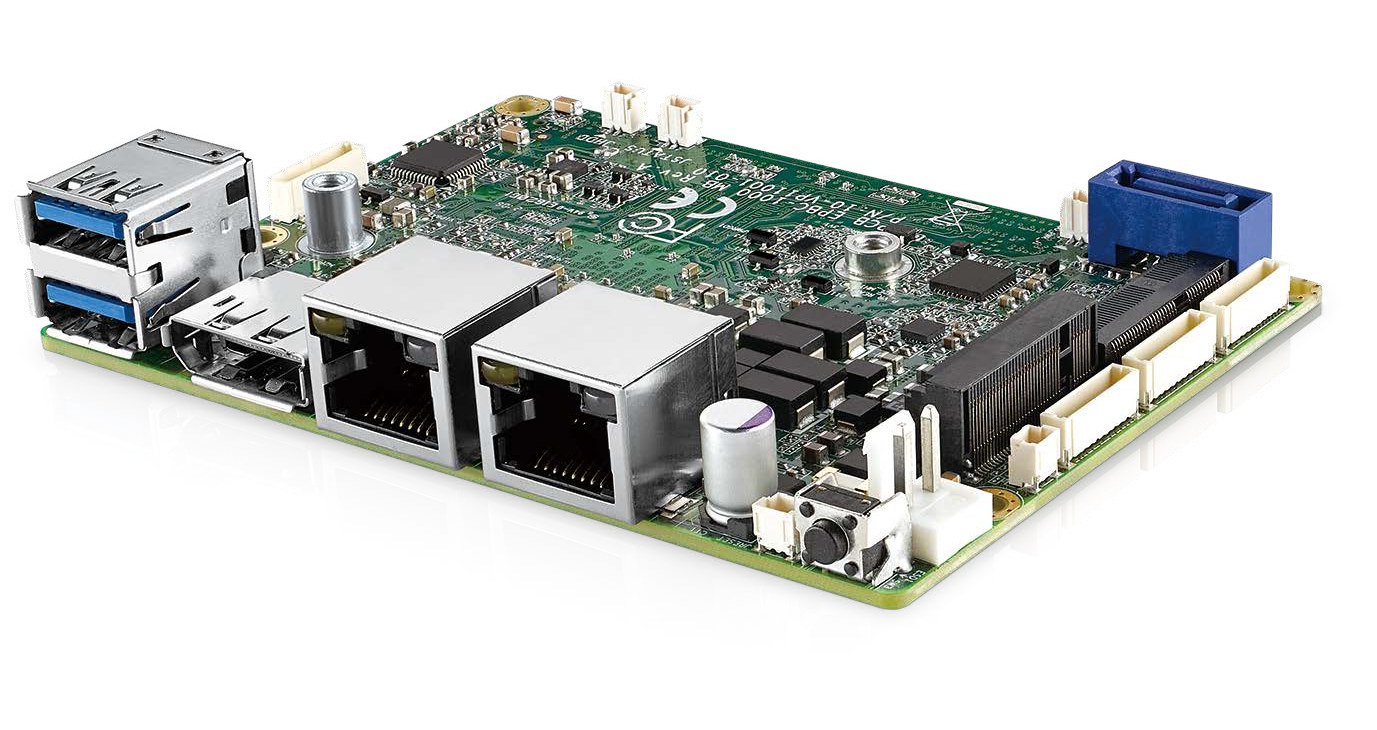
Vecow Co., Ltd., a team of global embedded experts, announced Compact Integrated Solution with Intel Atom® x6000 Series processor. The solution comprises SPC-6000 and PBC-1000 Ultra-compact Fanless Embedded Box PC, and EPBC-1000 2.5″ Single Board Computer. Powered by Intel Atom® x6000 Series processor, Vecow compact integrated solution brings power-efficient, enhanced graphics performance and flexibility capabilities to empower the edge applications such as Intelligent Control, Energy Management, M2M, In-Vehicle Infotainment, factory Automation, and any AIoT/Industry 4.0 applications.
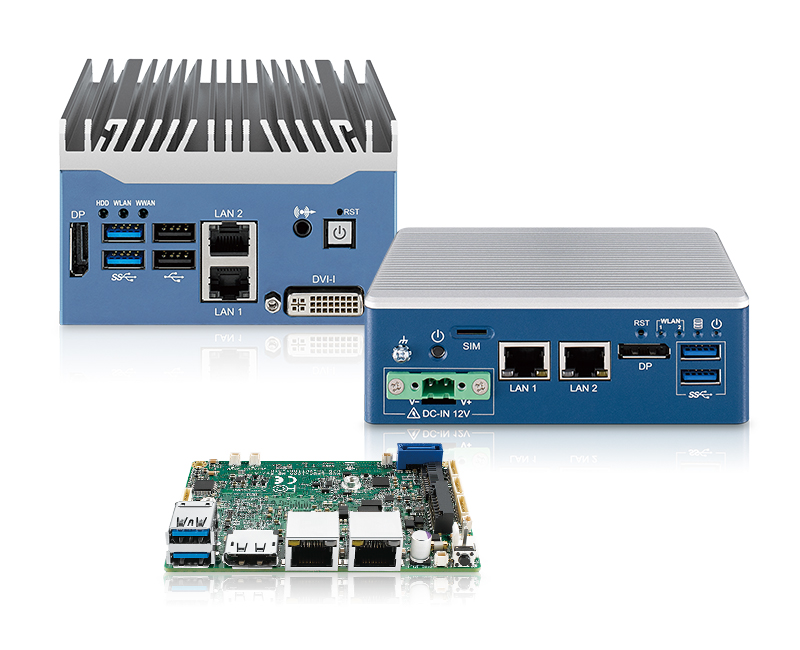
Vecow SPC-6000 and PBC-1000 are ultra-compact fanless embedded with energy-efficient innovations in a small form factor. Based on Intel Atom® x6000 Series Processor, Vecow brand-new ultra-compact fanless embedded Box PC delivers up to 40% faster computing and two times improved 3D graphics performance than the former generation solution. Equipped with max. dual display with 4K resolution, 32GB of DDR4-3200MHz SO-DIMM memory, M.2 slot for expansions and SATA storage, Vecow SPC-6000 and PBC-1000 provide an uncompromised visual experience, enhanced I/O and storage options for AIoT applications. Furthermore, these systems are optimized to run VHub one-stop AIoT Solution Service that supports OpenVINO based AI accelerators and advanced Edge AI applications for faster time to market for any AI-vision applications.
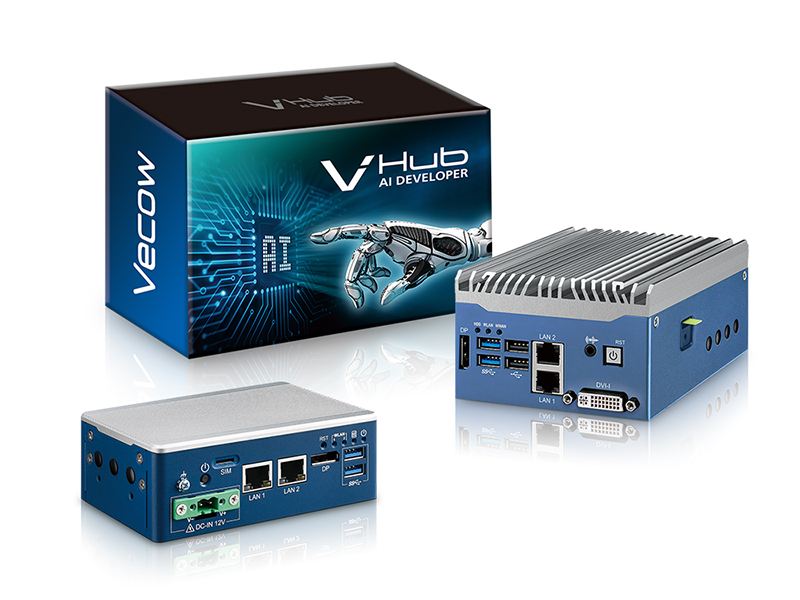
Vecow EPBC-1000 is a 2.5″ Pico-ITX SBC based on Intel Atom® x6211E processor and allows low-power consumption with up to TDP 6W. With a variety of functionalities in a small form factor (measuring only 100mm x 72mm), EPBC-1000 includes 2 GigE LAN, 2 USB, 2 COM, 1 DisplayPort, and 1 SIM card socket for 5G/WiFi/4G/LTE/GPRS/UMTS. In addition, EPBC-1000 supports -40°C to 70°C operating temperature and 12V DC-in, providing trusted reliability for multiple embedded use cases.
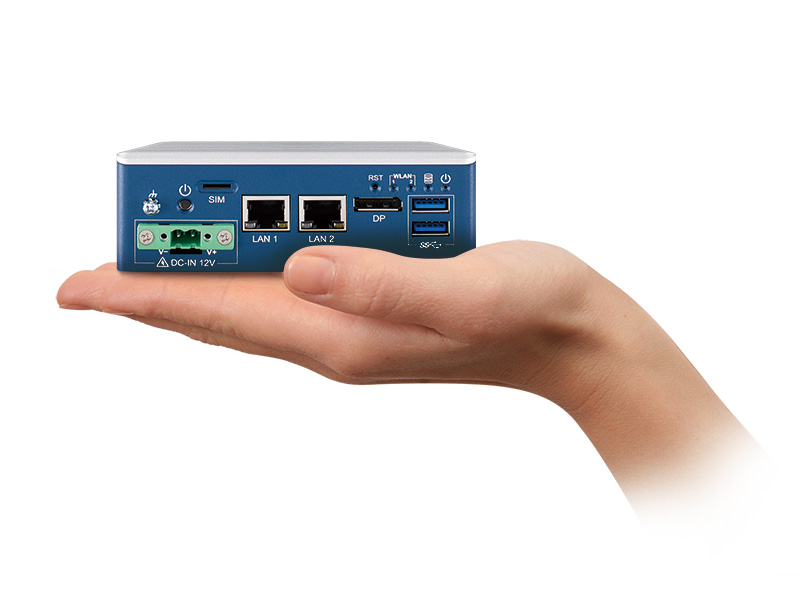
“Vecow Compact Integrated Solution is powered by Intel Atom® x6000 Series processor,” said Judy Hu, Product Manager, Embedded Systems & Platform Division at Vecow. ”The solution features a low-power CPU and compact designs, giving industrial users flexibility and performance they need for a wide range of IoT use cases.”
“With demands for smaller architecture, flexible and lower power consumption for diverse industrial environments, Vecow launched SPC-6000, PBC-1000 and EPBC-1000, namely, the compact integrated solution.” said Joseph Huang, Sales Manager, Sales & Marketing Division at Vecow. “They feature the ultra-compact design, along with form factor options with Intel Elkhart Lake platform that gives our customers the balance of power, performance and capabilities for modern AIoT applications.”
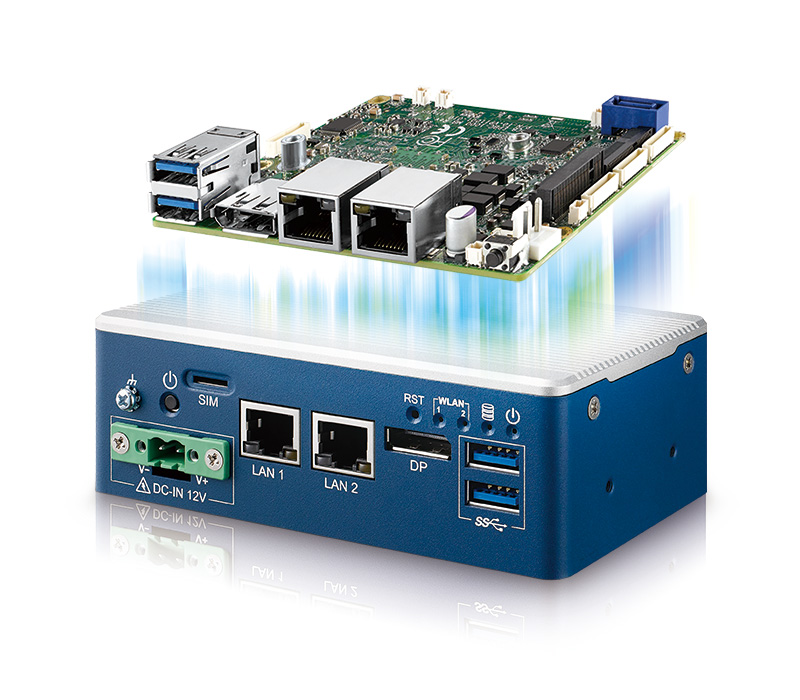
Powered by Intel Atom® x6000 Processor, Vecow compact integrated solution delivers improved computing capability and graphics performance for enhanced AIoT deployment. Featuring a fanless design, -40°C to 70°C operating temperature, 12V DC-in, Vecow SPC-6000, PBC-1000 and EPBC-1000 are ideally suited for intelligent Control, Energy Management, M2M, In-Vehicle Infotainment, factory Automation, and any AIoT/Industry 4.0 applications.
SPC-6000 Ultra-compact Fanless System
Intel Atom® x6425RE Processor (Elkhart Lake) Ultra-Compact Fanless Embedded Box PC, 1 GigE LAN, 2.5G LAN, 4 USB, 4 COM, 1 SIM, 12V DC-in, Fanless -40°C to 70°C extended temperature
PBC-1000 Ultra-compact Fanless System
Intel Atom® x6211E Processor (Elkhart Lake) Ultra-compact Fanless Embedded Box PC, 2 GigE LAN, 2 USB, 2 COM, 2 M.2, 1 SIM Socket, 12V DC-in, -40°C to 70°C Extended Temperature
EPBC-1000 Industrial Motherboards
Intel Atom® x6211E Processor (Elkhart Lake) 2.5″ Pico-ITX Embedded Single Board Computer
To know more about Vecow Ultra-compact Fanless System and Industrial Motherboards, please visit the product page or www.vecow.com for details.
